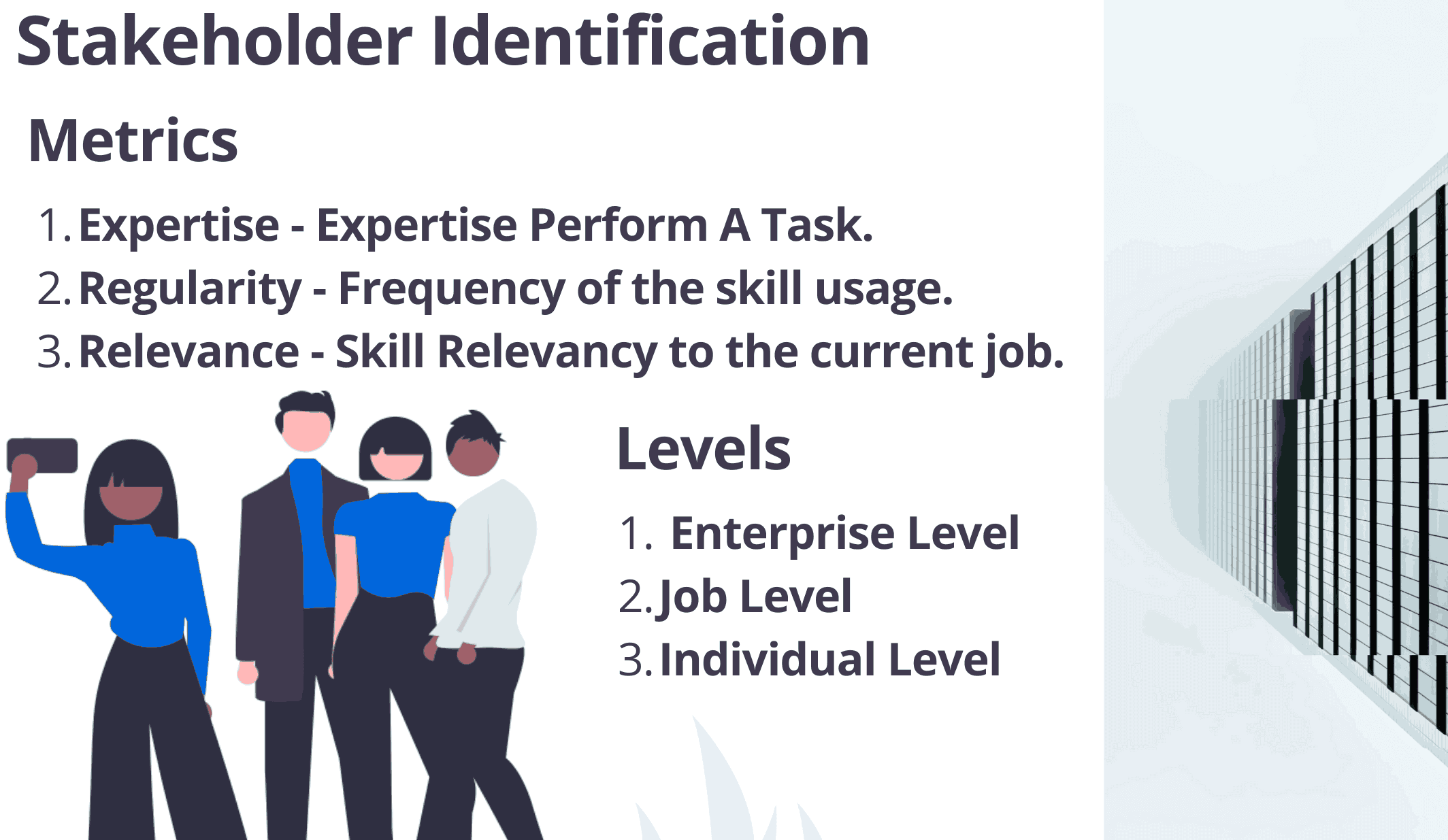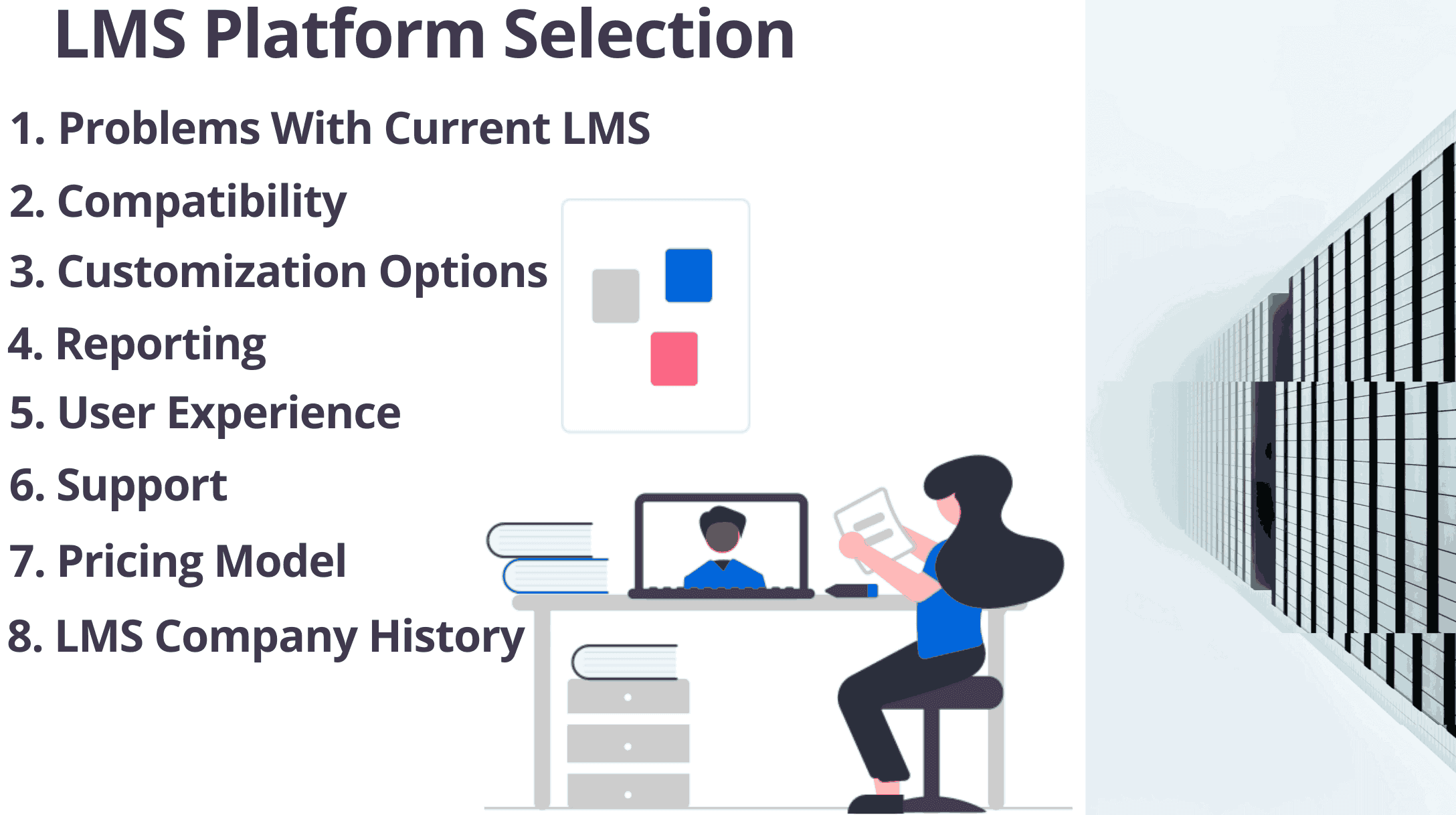
Learning & Development Adoption Is Astonishingly Easy With Cassini. Learn How?
By Nayan KurupLearning and Development has been constantly evolving over the last decade. At this juncture, it needs to prove its value more than ever. To have a successful Learning and Development Adoption there are many things that you have to consider.
Identifying Stakeholders, Management System, Training Roll-out strategy, Training Impact Analysis, and ROI measurement are integral parts of a successful Learning & Development Adoption. Forgoing any of these would not only put L&D Adoption at stake but also your investments.
The Present and Future of Learning And Development
Forbes reported that there was a steady increase in the number of employees engaging in upskilling during the Pre-Covid age. Microsoft recently estimated that 30 Million people acquired Digital Skills during the Pandemic.
Although Training and Development has become more viable today, many organizations are still reluctant to migrate. Some, on the other hand, find it difficult to align the Training Programs with their Business Goals. There is a considerable disconnect between the purpose of the training and the actual job
How Cassini Can Help Accelerate L&D Digital Adoption
In today’s hybrid work environment, how do you accelerate Learning and Development adoption to be consistent and meaningful? We at Cassini can help you accelerate the transformation through our expert Methodology.
Here is a list of steps that you need to follow to have the desired impact in Learning and Development Adoption.
Stakeholder Identification
Designing a strategy that is based on the needs of an organization is of utmost importance. Three key metrics dictate the kind of strategy you need for Learning and Development adoption.
- Expertise - The Expertise of the employee to perform a task.
- Regularity - Frequency of the skill usage.
- Relevance - How is the skill relevant to the current job?
These metrics will accurately assess the needs of the stakeholders involved in the training. Besides, conduct a comprehensive training needs assessment at three different levels.
Enterprise Level
Assess the areas or departments where training is most needed. It helps define measurable outcomes of training and increase the chances of training programs to succeed.
Job Level
Assess the level of proficiency employees require to perform a specific task. Correlate it with the actual knowledge and skills that employees have. This is closely related to skill-gap analysis.
The skill gaps revealed in this analysis help determine the type of training employees need.
Individual Level
Assessing the level at which each employee performs his or her role. This will estimate the difference between the actual performance of an employee and the performance expected.
This assessment will also help clear the roadblocks for an employee to perform.

Selecting The Right Platform
According to The Learning Guild, around one-third of companies are not satisfied with the performance of their LMS platforms. With the options that are available in the market today, it is a menial task to pick the right LMS.
As a general rule of thumb, you should analyze a few things before picking the right one.
Why Do You Need To Switch?
Make a checklist of all your problems with the existing LMS. This would help you choose the most suitable platform. Will the system cope with an increase in the number of users in the future. Is it a cloud-based system? Can it cater to your employees across all demographics?
From identifying the problems with the current LMS to picking the one that is scalable, Cassini takes care of assessing all your requirements from the LMS.
Compatibility
Any LMS that you choose should be flexible enough to integrate with your existing ERP software applications. It should enable two-way data flow. Your Learning and Development team should be able to know about New Hires.
It should let them set up onboarding and work culture adaptation training.
Customization Options
An LMS should have a wide range of customization options for you to play around with. It should also let you build your training material from the ground up along with pre-built program modules.
What type of content can be integrated into your LMS? Is it just Plain Text or can other types of content be created? These are some of the most important questions that the LMS has to answer.
Reporting
Most systems offer a wide range of Sophistication when it comes to reporting. They also perform complex data analysis and reporting.
The ability to create custom dashboards to analyze training consumption habits, preferences, etc are the things that you should look for. Data about courses that worked best, scores, number of registrations, feedback, training completion time, etc is important.
User Experience
Be sure to test the LMS for experience before purchase. An LMS should be visually appealing and make learning easy for the users.
Most LMS today have adopted the Gamification concept. Leaderboards, Badges, Level-ups are some of the features that make learning a rewarding experience.
Support
Like any software implementation, LMS also comes with initial hick-ups. A robust support system is very important to address these problems.
Many LMS today offer 24x7 support through calls, chats, and Email, etc. Consider the availability and mode of support while choosing an LMS.
Pricing Model
Most companies offer per-user or per-use models, Yearly or monthly subscriptions.
- Per-user: pay for one license per user over a year
- Per Use: pay each time the platform is used, on a flat-rate basis.
Rapid deployment, accessibility, data security, and maintenance are some of the benefits that outweigh the initial cost involved.
While choosing an Open source LMS, there are other metrics that you should consider.
- Time and Money needed to build a Functional LMS.
- Accommodation Costs.
- Maintenance & Support.
- Server Configuration.
- Data Backup & Security.
LMS Company History
Now, this may be the last thing in your mind while choosing the LMS. But it is really important to choose a company with a good history and a reputation. Choosing platforms like SAP Enable Now from a reputed company secures your investment and data.
Cassini helps assess the needs of your organization and choose a Learning Management System that is right for you.

Roll-out Plan
After picking the right LMS and pinning down the needs, the next step would be to plan a step-by-step roll-out.
Align Training to Business Goals
The training goals should be aligned with the business goals of the organization. The purpose of the training and the curriculum should be to address the problems in the organization and support the goals.
The goals should answer the bottom line indicators - to save the company money or to make money.

Track Appropriate Metrics
The aligned training goals should also be able to quantify various metrics. Quantity, quality, time, cost, and effectiveness to name a few. These metrics should provide you with detailed analyses of the progress made towards the goals.
Develop a strategy to benchmark the progress. Set up a schedule to monitor, analyze and review.
Build Training Content and Choose The Right Method
Build Content that offers variety across all platforms. Videos, Group Exercises, Role-Plays are some of the content types that one must look to build. Review the following methods to identify what is right for you.
- In-person Training - Conventional Training Sessions that require employees to be present in the training room. Typically expensive.
- Online Training - Includes online courses, simulations, webinars, mobile learning, and collaborative learning. Very flexible and enables self-pacing.
- Blended Learning - Combines in-person training and Online training to give a hybrid environment. Caters to both employees present at the office and those working from home.
- Microlearning - Training programs are broken down into small digestible chunks. They typically last for 15 to 20 minutes. They easily blend with the workflow and are easier to produce than long-form training.
- Collaborative Learning - Peers collaborate to learn from one another. They are typically more engaging and require the active participation of the trainees.
Market the Training Program
A marketing plan of a Training program should inherently answer the question “Why?” from an employee’s perspective. Active communication of training programs should set clear expectations.
Aim to increase utilization of the training programs.
Cassini through its JAMBITE Methodology lets you strategize, curate, create, convert and localize existing content with ease.
For any training program to be successful, it should be continuously engaging. Leadership support and encouragement can underline the importance of a training program. Monitor and review the learning and development journey of individual employees.
Use the data to track the progress in development and competency and impact.
To sum up, Learning and Development programs should not be static but evolving. Ask for feedback and address the pain points of learning.
We at Cassini help you track, measure, and improve your training programs through Data Analysis.

How is Cassini Different?
Complete all the above steps with ease through Cassini's proprietary Framework. Our unique methodology also has components that you can leverage at any stage of your Digital Adoption Journey. We provide solutions that are tailored to your needs. Contact us today.




Comments